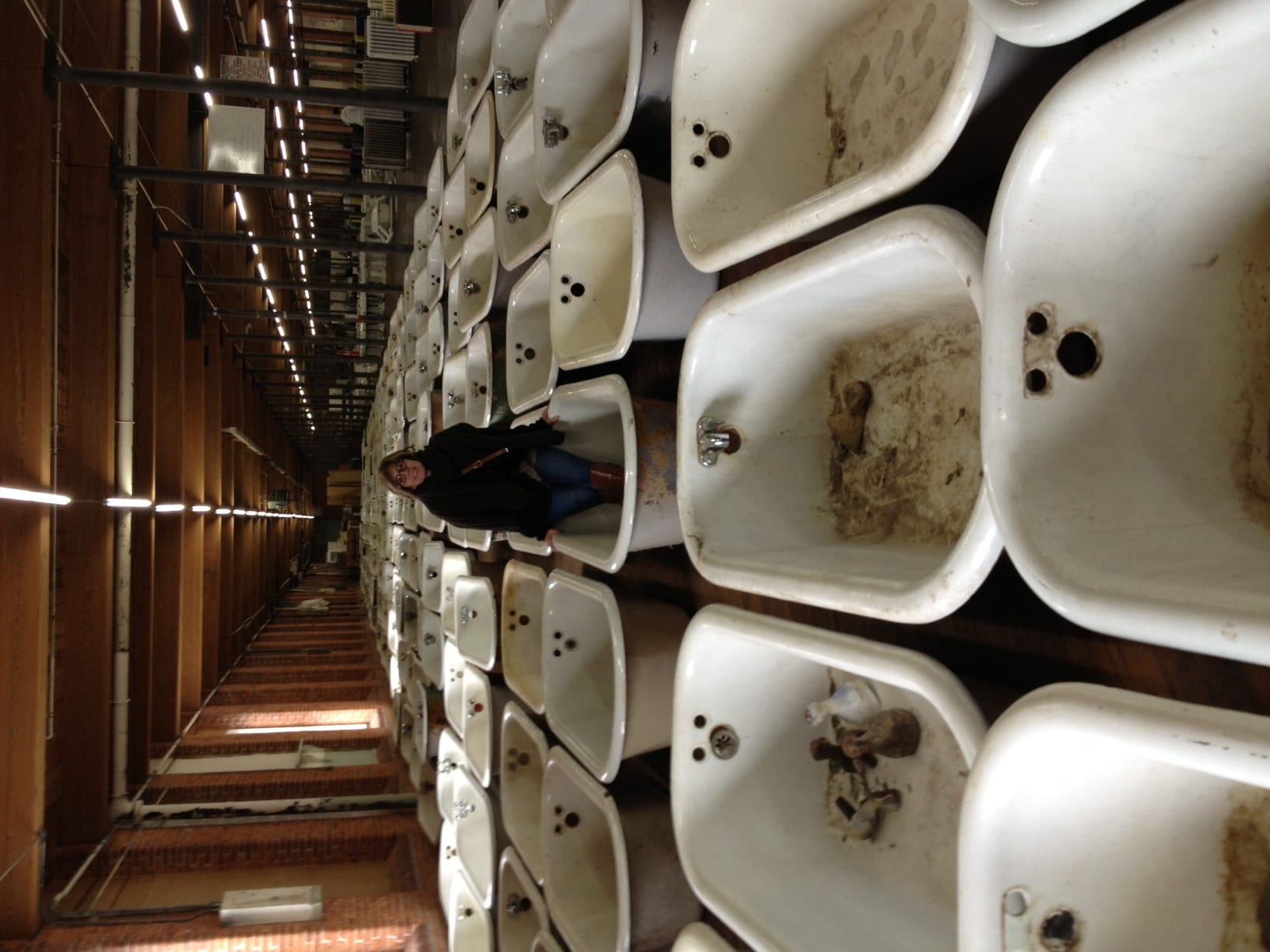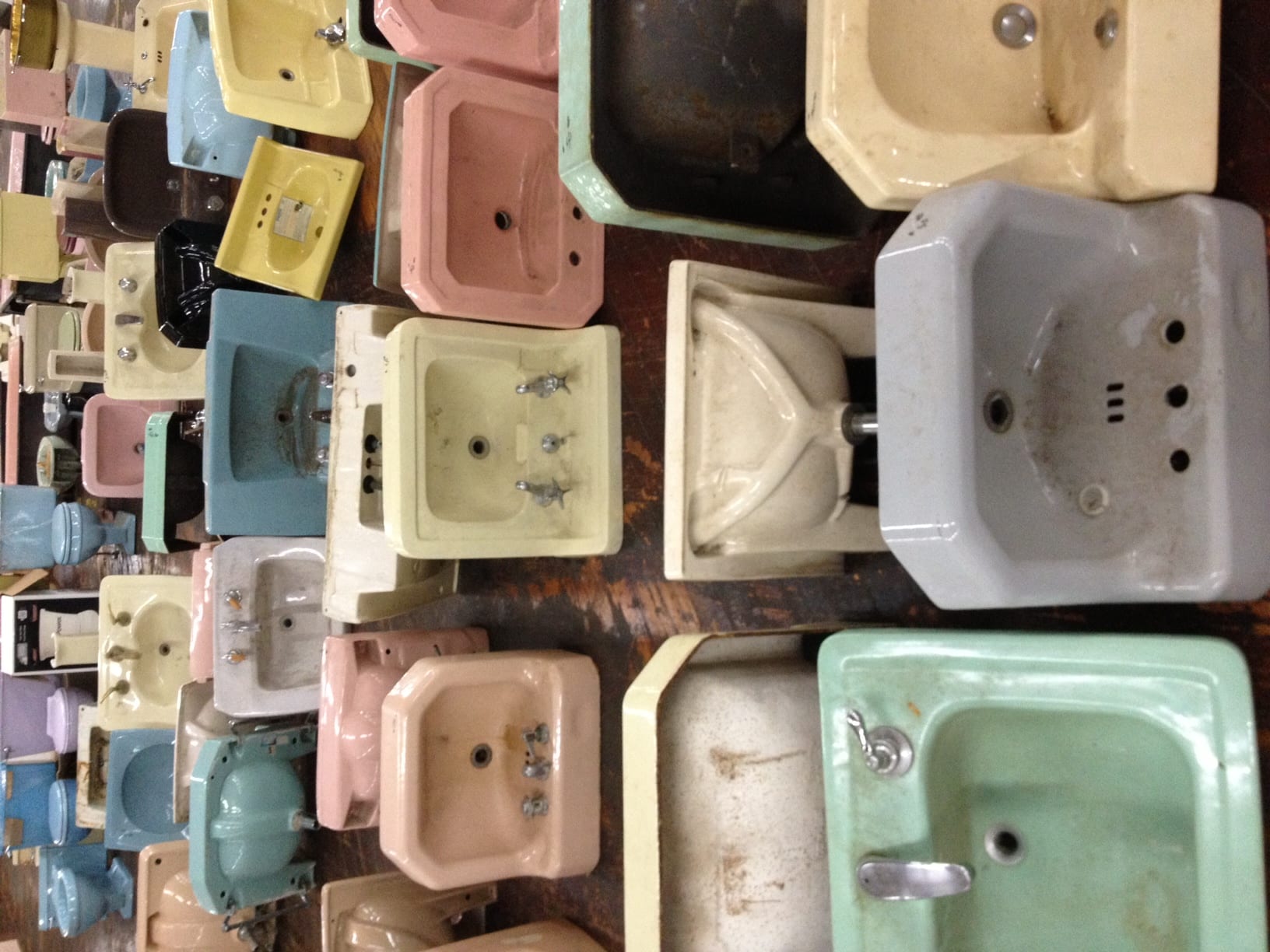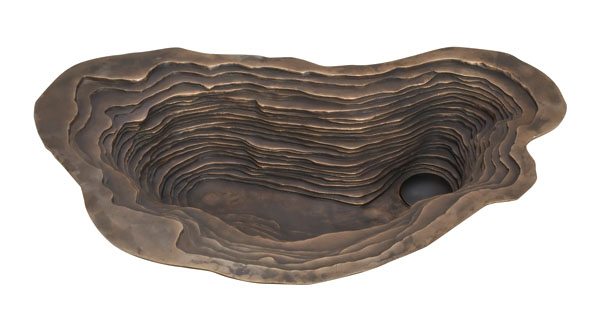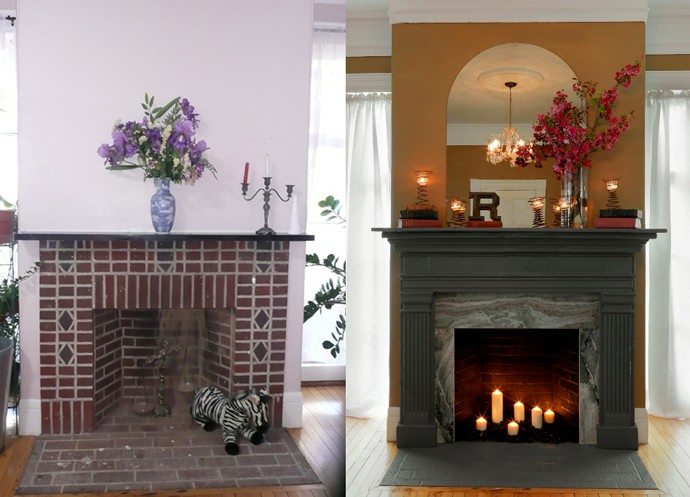Friday Favorites 3/29/2013
March 28, 2013
Karin Lidbeck Brent, Contributing Editor
Last week my husband and I drove to New Bedford, Mass., to explore an 80,000-square-foot facility containing salvaged architectural materials, called New England Demolition & Salvage. Here, masses of beautiful reclaimed building materials are just waiting to inspire the imagination of all who pass through this two-story historic mill.

Photos courtesy of Karin Lidbeck Brent, unless otherwise noted
The art of taking old architectural and salvaged structural components and reusing them to redesign and renovate homes is a growing industry. A stroll through the many aisles of glassware, lighting, wood, cabinetry, furniture and architectural remnants will inspire your imagination.

I was so fascinated by the generous amount of plumbing materials that I had to share this photo with my good friend, Joanne Palmisano, author of her recently released book, Salvage Secrets. I asked her what would she do with one of these sinks?
She responded by sending me this photo used in her book of an old industrial vintage sink reused in a residential home kitchen.

Photo by Susan Teare/W.W. Norton
We browsed up and down aisle after aisle of hundreds of doors displaying a variety of shapes and wood types.

This ancient door turned pantry sliding door is just one of hundreds of photographs displayed in the internationally acclaimed book, Salvaged Secrets, that show how salvaged building material can be used to transform your very own home design.

Photo by Susan Teare/W.W. Norton
You will find a wealth of fireplace mantles in a variety of shapes and sizes to fit your specific design requirements.

Photo by Susan Teare
This before-and-after project created by Joanne for her DIY video series shows how old mantles can be used to perfectly create new surrounds.
For more information on Joanne Palmisano’s Salvage Secrets, Transforming Reclaimed Materials into Design Concepts please go to: salvagesecretsblog.com/p/book.html
Paula M. Bodah, Senior Editor
I was writing about a beautiful home for the new spring edition of New England Home Connecticut and I found myself wishing (as I so often do in this job) I could live in a house just like this one. The interior design, by Weston, Connecticut, designer Joyce Clear was everything I love—rooted in the Arts and Crafts tradition, but with a contemporary edge. Much of the design’s success came from the exquisite hand-crafted furniture by Gregory Clark.
Clark, of Wilton, Connecticut, says his work has “a modernist mindset with an Arts and Crafts execution.” Be sure to get a look at his furniture in the new issue of the magazine. Meanwhile, here’s a glimpse of some of Clark’s (and my) favorites among his other work.

Photos by Karol Setlak
The filigree table is crafted of steel with a bronze patina, glass and wenge wood.

I love the beautiful grain of the Bolivian rosewood in this granite-topped demilune.

This gorgeous table has a solid bubinga wood top and a Blue Moon granite base connected with bronze patina steel.

This might be my favorite piece of all—a stunning console made of macassar ebony, walnut and bronze patina steel.
Kyle Hoepner, Editor-in-Chief
Writing yesterday about Gail DeLoach’s Soleil bowl brought to mind a quite different, and yet somehow similar, set of items: the morphing fruit platters Haresh Lalvani designed for Moss—100 out of a possible 1,000 of which were shown at Design Miami in 2011. In case you didn’t see or hear about them then, here’s a quick look back. (Don’t worry—you can enjoy the beauty of the patterns without having to follow the morphological mathematics that generated them.)

Photo by Glen Jackson Taylor from core77.com

Photo from lalvanistudio.com

Photo by Glen Jackson Taylor from core77.com

Video still from a (rather lengthy) VernissageTV interview with Murray Moss about Lalvani and the platter project.
Share
![NEH-Logo_Black[1] NEH-Logo_Black[1]](https://b2915716.smushcdn.com/2915716/wp-content/uploads/2022/08/NEH-Logo_Black1-300x162.jpg?lossy=1&strip=1&webp=1)






